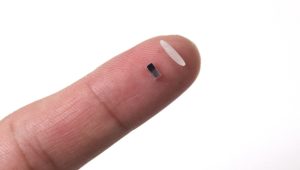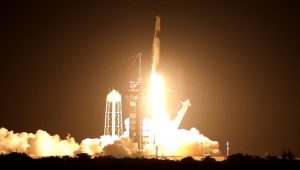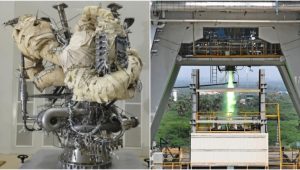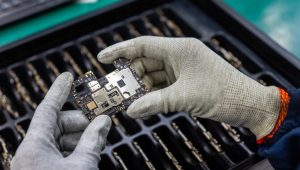According to ISRO, the Chandrayaan 2 orbiter that is currently orbiting the Moon has detected Argon 40, a noble gas, in the Lunar Exosphere. The orbiter’s payload, Chandra’s Atmospheric Composition Explorer-2 (CHACE-2) found Argon 40 from an altitude of 100 kilometers.
The payload is a Quadrupole Mass Spectrometer (QMA) with an ability to scan the lunar neutral exosphere in the mass range of 1 to 300 amu and is meant to carry out an in-situ study of the composition and distribution of the lunar neutral exosphere and its variability.
It is an isotope of the noble gas Argon, which is the third most abundant gas in Earth’s atmosphere and is also a major constituent of the lunar exosphere. According to planetary scientists, in the lunar exosphere, the thin gaseous
covering around the Moon, the gas atoms rarely collide. It originates from the radioactive disintegration of Potassium 40. As per the statement released by the space agency, the presence of radioactive 40K nuclide deep below the Moon’s surface disintegrates and forms the Argon 40.
This diffuses through the inter granular space and rises to make lunar exosphere through seepages. The orbiter’s payload, CHACE-2, is a neutral mass spectrometer-based payload that can detect constituents of the exosphere in the range of 1-300 atomic mass unit (amu).
The payload was able to detect the gas in the exosphere based on the variations of day-night concentration. Since it’s a condensable gas and reacts differently at various temperatures and pressures, it condenses during the lunar night and after lunar dawn. It then again starts getting released to the exosphere.















